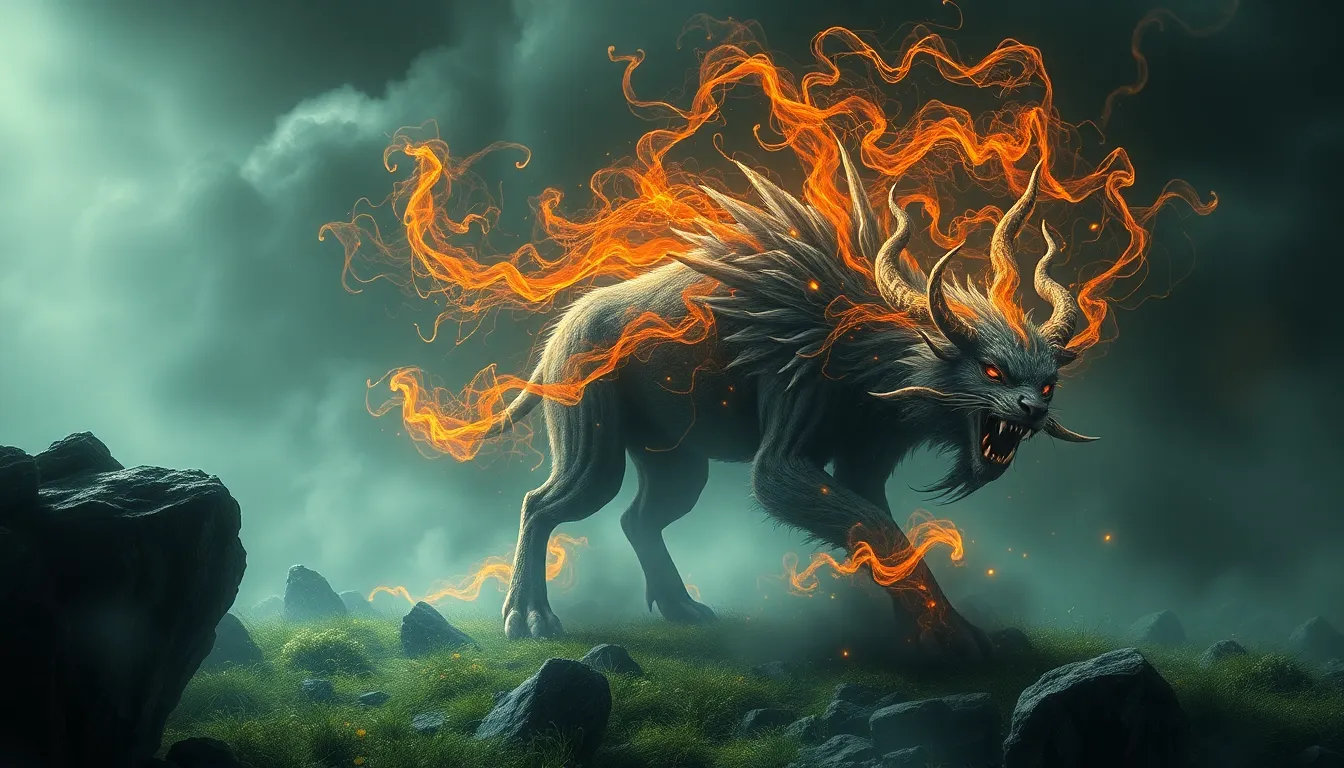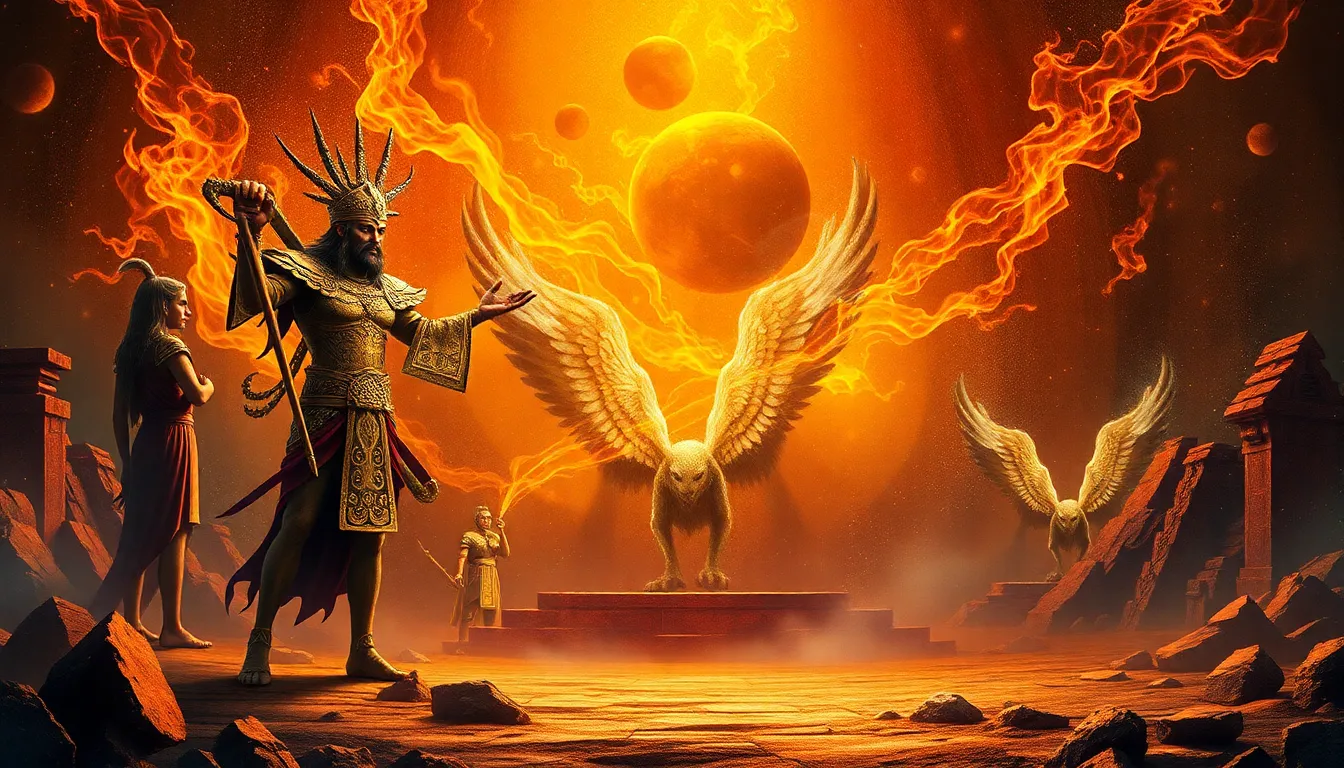The Influence of Norse Mythology on Norse Social Structure and Class
Introduction to Norse Mythology
Norse mythology, deeply entrenched in the history of the Germanic tribes of Scandinavia, consists of a complex and rich tapestry of tales about gods, creatures, and heroes. These stories were not just entertainment but also served as a way for the Norse people to make sense of the world around them and understand their place in it.
Norse Gods and Social Hierarchy
In Norse mythology, the gods played a significant role in shaping the social structure of the society. The chief among the gods, Odin, represented wisdom, war, and death. His power and influence trickled down to the ruling elite, mirroring the hierarchical structure of the Norse society. Tyr, associated with law and justice, exemplified the importance of order and fairness in governance, reflecting the values upheld by the ruling class.
Impact on Class Distinctions
The Norse pantheon also reflected the societal classes present in Norse culture. The Vanir gods, associated with fertility and prosperity, often represented the aspects valued by the agricultural and working classes. In contrast, the Aesir gods, focusing more on war and leadership, symbolized the attributes revered by the warrior class.
The Role of Myths in Social Cohesion
Norse mythology not only reflected existing social structures but also played a role in maintaining the cohesion of the society. The sagas and legends passed down through generations highlighted the values of honor, loyalty, and bravery – qualities essential for individuals to navigate their place within the social hierarchy. By embodying these virtues, individuals could gain status and respect within their communities.
In conclusion, Norse mythology exerted a profound influence on Norse social structure and class divisions. Through its rich tapestry of gods, heroes, and creatures, it not only reflected the existing societal norms but also bolstered them by instilling values that reinforced the hierarchical organization of Norse society. Understanding the interconnectedness of mythology and social structure provides valuable insights into the cultural mindset of the Norse people of ancient Scandinavia.
FAQs about The Influence of Norse Mythology on Norse Social Structure and Class:
What role did Norse mythology play in shaping Norse social structure?
Norse mythology had a significant impact on Norse social structure by defining the roles of different classes within society and emphasizing values such as honor, strength, and loyalty.
How did Norse mythology influence the concept of class in Norse society?
Norse mythology provided a framework for understanding and justifying the hierarchies present in Norse society, with gods representing divine rulers, warriors embodying bravery and skill, and common folk tasked with more mundane duties.
Did Norse mythology reinforce social stratification in Norse society?
Yes, Norse mythology reinforced social hierarchies by portraying gods as powerful rulers, warriors as brave and respected figures, and commoners as necessary but less esteemed members of society.



